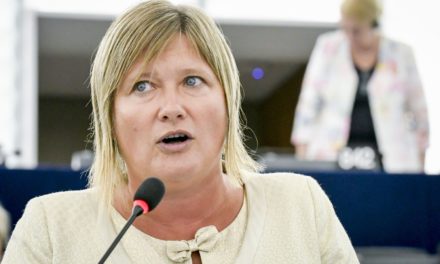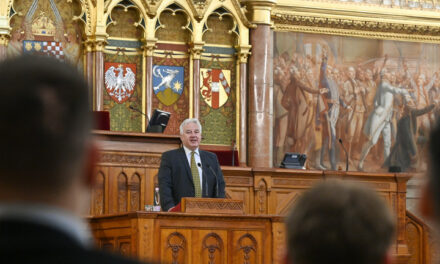One hundred years ago, on May 22, 1921, it was performed for the first time in Budapest's Aquinicum to György Csanády's poem Bujdosó énk with an insert written by Kálmán Mihalik. As part of the mystery play, the work written for women was not written as a hymn, but during its rich afterlife it became an expression of the sense of belonging of the Szeklers and Hungarians.
The fact that it was on the banned list during the communist dictatorship, both in Transylvania and in Hungary, must have contributed to this, but also the fact that after the change of regime, the work was widely spread and sung together with the desire of the community to express its belonging and attachment to the to the Székely people and Székelyland.
The elected local government officials of Székelyföld, as the founders of the Székelyföld Municipal Assembly, at their meeting held in Székelyudvarhely on September 5, 2009, recorded in their resolution on the symbols of Székelyföld:
"1. the Székely Anthem, the music of which was composed by Kálmán Mihalik and the text written by György Csanády, is declared the national anthem of Székelyföld".
Joining the previous local commemorations, the initiative of the Homoród-mente Művészétért Alapítvány (HMA) and the relevant decision of the Székelyudvarhely municipality, this time we propose to declare May 22 as the Day of the Székely National Anthem throughout Székelyföld. On this day, the local communities should hold festive commemorations of their own accord and organization every year, relive the history of the anthem, and present the new results of anthem research in order for the anthem of the Székely people and Székelyland to have a worthy place in the sense of identity of future generations. At the same time, at the Pentecost Masses and services, since the Székely hymn is sung in addition to our national prayer, we ask our pastors in Székelyföld to indicate that our 100-year-old hymn will be sung.
Balázs Izsák, president of the Székely National Council













